투석보다 낫나요? 인공 신장이 미래가 될 수 있다
데이비드 웜플래시(MD)
2023년 8월 15일
미국에서는 거의 90,000명의 환자가 생명을 구하는 신장 이식을 기다리고 있지만 지난해 신장 이식이 시행된 사례는 약 25,000건에 불과합니다. 기다리는 동안 매년 수천 명이 사망합니다. 다른 것들은 적합한 이식 후보자가 아닙니다.
50만 명이 신부전 환자를 위한 유일한 이식 대안인 투석을 받고 있습니다. 이는 그들의 일, 관계, 삶의 질에 큰 영향을 미칩니다.
신장 프로젝트(The Kidney Project)의 연구자들은 이식 가능한 생체 인공 신장이라는 미래 지향적인 접근 방식으로 이 공중 보건 위기를 해결하기를 희망합니다. 그 희망이 서서히 현실로 다가오고 있다. 초기 프로토타입은 전임상 연구에서 성공적으로 테스트되었으며 임상 시험이 앞으로 진행될 수 있습니다.
Medscape Medical News는 이 아이디어를 생각해낸 두 명의 연구원, 즉 내슈빌에 있는 Vanderbilt University의 신장학자인 William Fissell 박사와 샌프란시스코에 있는 University of California의 생의학 엔지니어인 Shuvo Roy 박사와 이야기를 나눴습니다. 이 인터뷰는 길이와 명확성을 위해 편집되었습니다.
Medscape: 만성 신장 질환의 임상적 문제를 요약해주실 수 있나요?
윌리엄 피셀(William Fissell): 투석 치료는 생명을 구하기는 하지만 불완전합니다. 건강한 신장은 투석이 제공할 수 없는 다양한 일을 수행합니다. 이식은 절대적으로 최선의 치료법이지만 기증 장기는 거의 부족합니다. 우리의 목표는 시간 부족, 자원 부족, 돈 부족, 기증 장기 부족 등의 희소성 문제를 무의미하게 만들기 위해 대량 생산되는 보편적인 기증 신장을 개발하는 것이었습니다.
이식 가능한 생체인공 신장을 이식을 위한 다리로 생각하십니까? 아니면 생체공학 기관처럼 자연 기관만큼 좋고 이식보다 더 좋을 수 있을까요?
Shuvo Roy: 우리는 처음에는 이를 이식을 위한 가교로 보거나, 결코 이식을 받지 못할 사람들을 위한 투석보다 더 나은 선택으로 봅니다. 우리는 ‘600만 달러의 사나이’를 만들려는 것이 아닙니다. 목표는 환자가 투석을 받지 않도록 하는 것입니다. 즉, 누구나 받을 수 있는 대량 생산 장치를 통해 신장 이식의 이점 중 일부를 제공하는 것입니다.
Fissell: 이 기술은 신장 기능이 저하되어 투석이 생명을 유지하는 유일한 선택인 최종 단계인 5단계 신장 질환 환자를 대상으로 합니다. 우리는 투석을 과거의 일로 만들고 싶습니다. 철폐와 같은 투석 기계를 박물관에 설치하고 싶습니다. 철폐는 수십 년 전에는 사람들의 생명을 유지하는 데 매우 중요했지만 오늘날에는 대부분 쓸모가 없습니다.
두 분은 어떻게 이 아이디어를 생각해 내셨나요? 어떻게 함께 일을 시작하게 됐나요?
Roy: 저는 생의학 연구 엔지니어로서의 경력을 막 시작했을 때 William Fissell 박사를 만났습니다. 그는 당시 신장학 분야의 경력을 고려하고 있었습니다. 그분은 신부전증 환자들이 겪는 문제에 대해 내 눈을 뜨게 해 주셨습니다. 논의를 통해 우리는 투석 기계를 개선할 수 있지만 환자에게는 더 나은 것이 필요하고 그럴 자격이 있다는 사실을 빠르게 깨달았습니다. 건강을 개선하는 동시에 직업을 유지하고, 쉽게 여행하고, 제한 없이 음식과 음료를 섭취할 수 있게 해주는 치료법입니다. 기본적으로 신장 이식과 비슷하게 작동합니다.
인공 신장은 투석과 어떻게 다른가요?
Fissell: 투석은 간헐적으로 중단하고 시작하는 치료입니다. 인공 신장은 24시간 내내 지속적으로 치료됩니다. 거기에는 몇 가지 장점이 있습니다. 첫 번째는 신체의 체액 균형을 유지할 수 있다는 것입니다. 투석을 하면 몇 시간 안에 2~3일분의 체액이 배출되는데, 이는 심장은 물론 뇌에도 큰 스트레스를 줍니다. 두 번째 장점은 환자가 정상적인 식사를 할 수 있다는 것입니다. 영양 섭취의 부산물인 일부 노폐물은 몸에서 천천히 빠져나갑니다. 그래서 투석을 할 때 우리는 식단을 엄격하게 제한하고 여분의 인을 흡수하기 위해 약을 추가합니다. 지속적인 치료를 통해 배설과 섭취의 균형을 맞출 수 있습니다
Better Than Dialysis? Artificial Kidney Could Be the Future
David Warmflash, MD
August 15, 2023
Nearly 90,000 patients in the United States are waiting for a lifesaving kidney transplant, yet only about 25,000 kidney transplants were performed last year. Thousands die each year while they wait. Others are not suitable transplant candidates.
Half a million people are on dialysis, the only transplant alternative for those with kidney failure. This greatly impacts their work, relationships, and quality of life.
Researchers from The Kidney Project hope to solve this public health crisis with a futuristic approach: an implantable bioartificial kidney. That hope is slowly approaching reality. Early prototypes have been tested successfully in preclinical research and clinical trials could lie ahead.
Medscape Medical News spoke with two researchers who came up with the idea: nephrologist William Fissell, MD, of Vanderbilt University in Nashville, and Shuvo Roy, PhD, a biomedical engineer at the University of California at San Francisco. This interview has been edited for length and clarity.
Medscape: Could you summarize the clinical problem with chronic kidney disease?
William Fissell: Dialysis treatment, although lifesaving, is incomplete. Healthy kidneys do a variety of things that dialysis cannot provide. Transplant is absolutely the best remedy, but donor organs are vanishingly scarce. Our goal has been to develop a mass-produced, universal donor kidney to render the issue of scarcity — scarcity of time, scarcity of resources, scarcity of money, scarcity of donor organs — irrelevant.
Do you envision your implantable, bioartificial kidney as a bridge to transplantation? Or can it be even more, like a bionic organ, as good as a natural organ and thus better than a transplant?
Shuvo Roy: We see it initially as a bridge to transplantation, or as a better option than dialysis for those who will never get a transplant. We’re not trying to create the ‘six million dollar man.’ The goal is to keep patients off dialysis — to deliver some, but probably not all, of the benefits of a kidney transplant in a mass-produced device that anybody can receive.
Fissell: The technology is aimed at people in stage 5 renal disease, the final stage, when kidneys are failing, and dialysis is the only option to maintain life. We want to make dialysis a thing of the past, put dialysis machines in museums like the iron lung, which was so vital to keeping people alive several decades ago but is mostly obsolete today.
How did you two come up with this idea? How did you get started working together?
Roy: I had just begun my career as a research biomedical engineer when I met Dr William Fissell, who was then contemplating a career in nephrology. He opened my eyes to the problems faced by patients affected by kidney failure. Through our discussions, we quickly realized that while we could improve dialysis machines, patients needed and deserved something better — a treatment that improves their health while also allowing them to keep a job, travel readily, and consume food and drink without restrictions. Basically, something that works more like a kidney transplant.
How does the artificial kidney differ from dialysis?
Fissell: Dialysis is an intermittent stop-and-start treatment. The artificial kidney is continuous, around-the-clock treatment. There are a couple of advantages to that. The first is that you can maintain your body’s fluid balance. In dialysis, you get rid of 2-3 days’ worth of fluid in a couple of hours, and that’s very stressful to the heart and maybe to the brain as well. Second advantage is that patients will be able to eat a normal diet. Some waste products that are byproducts of our nutritional intake are slow to leave the body. So in dialysis, we restrict the diet severely and add medicines to soak up extra phosphorus. With a continuous treatment, you can balance excretion and intake.


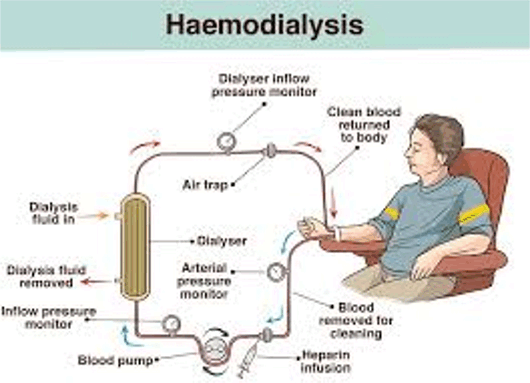
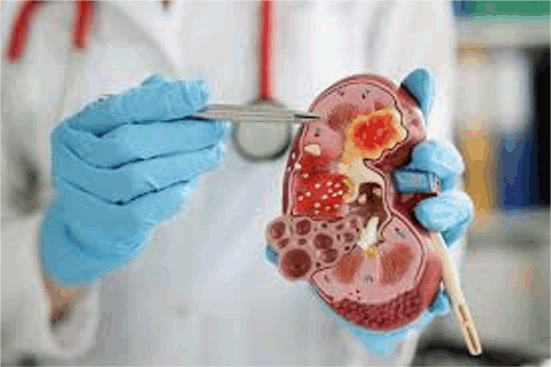
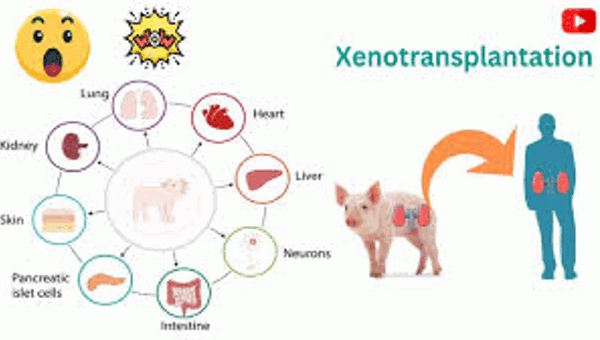




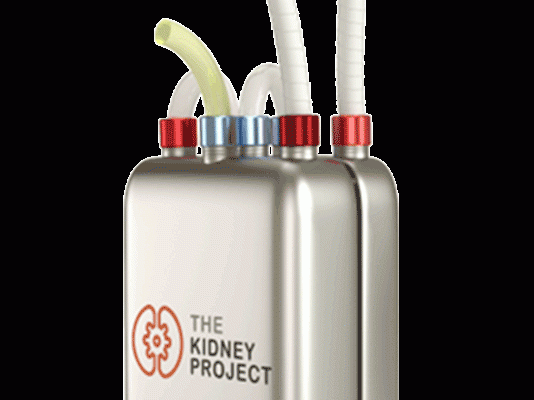
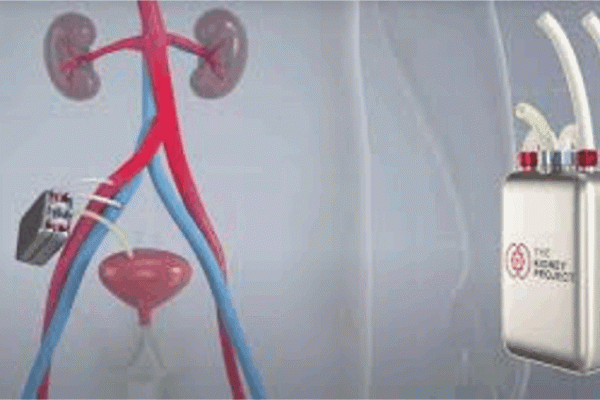

답글 남기기